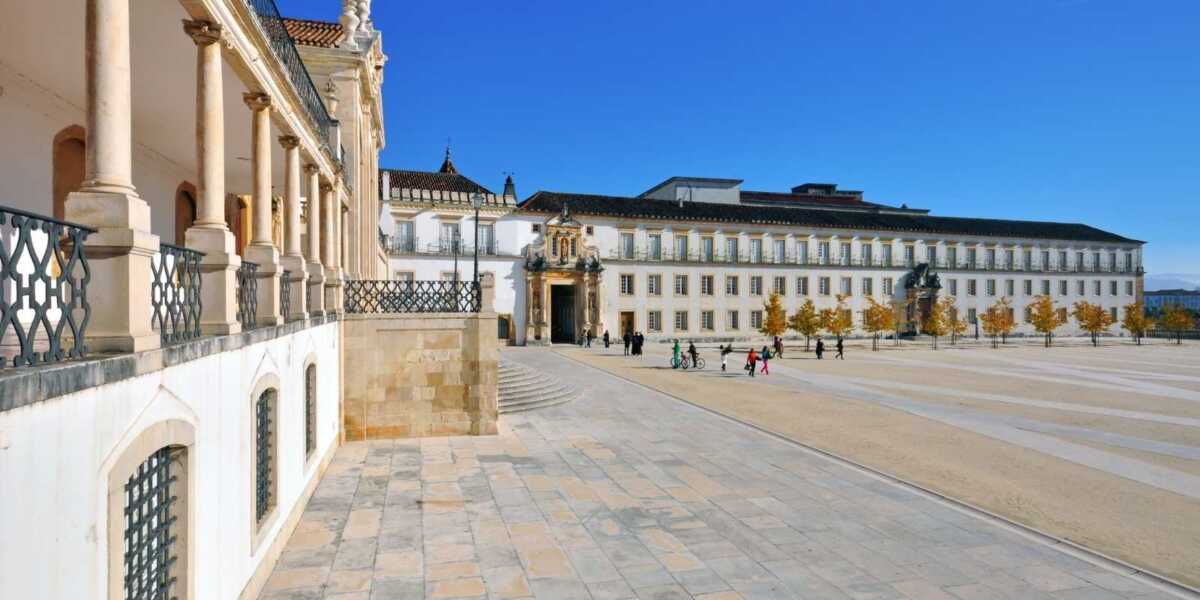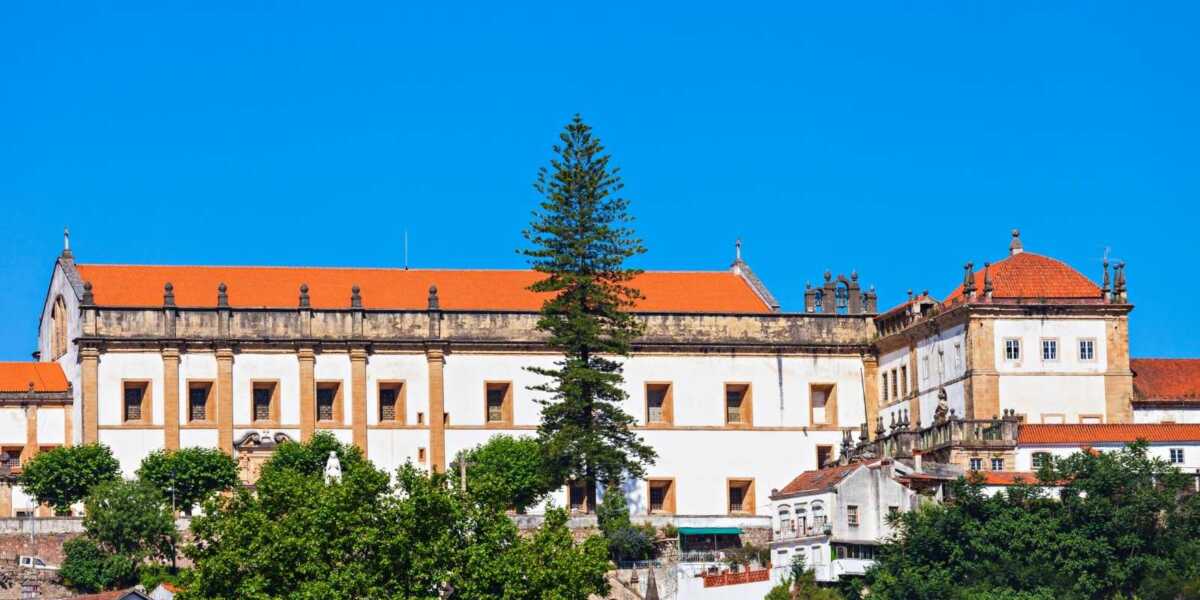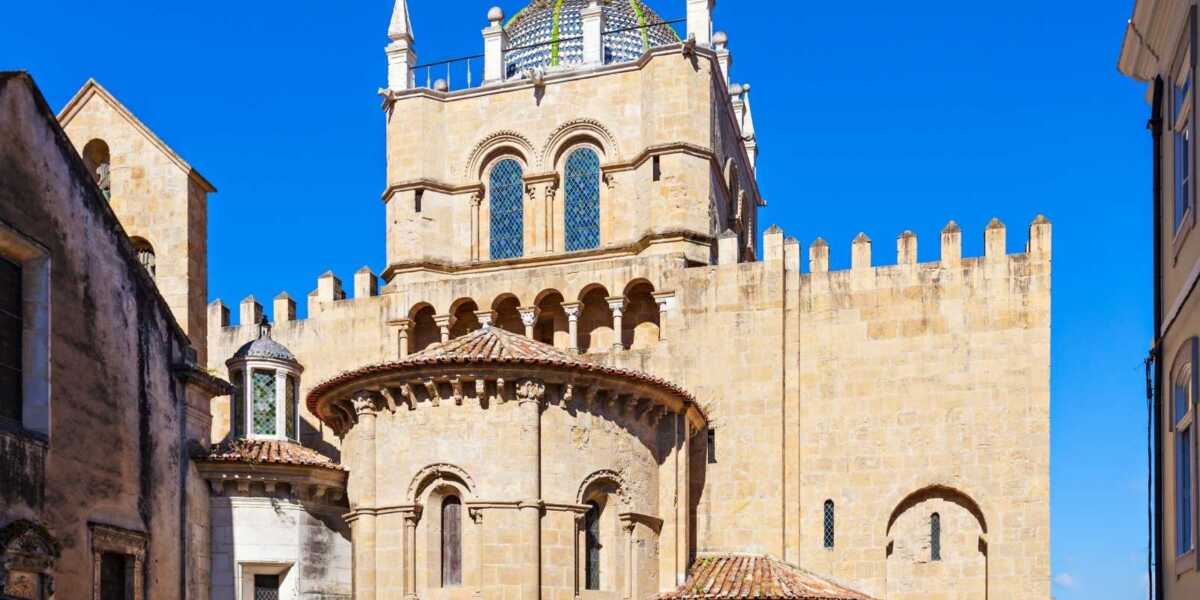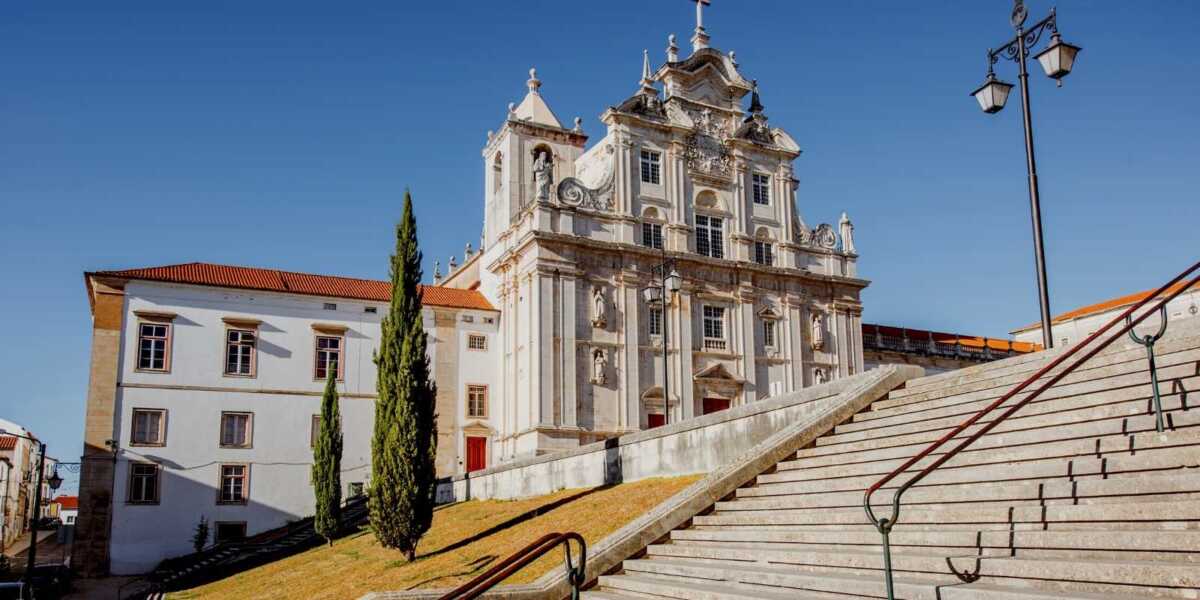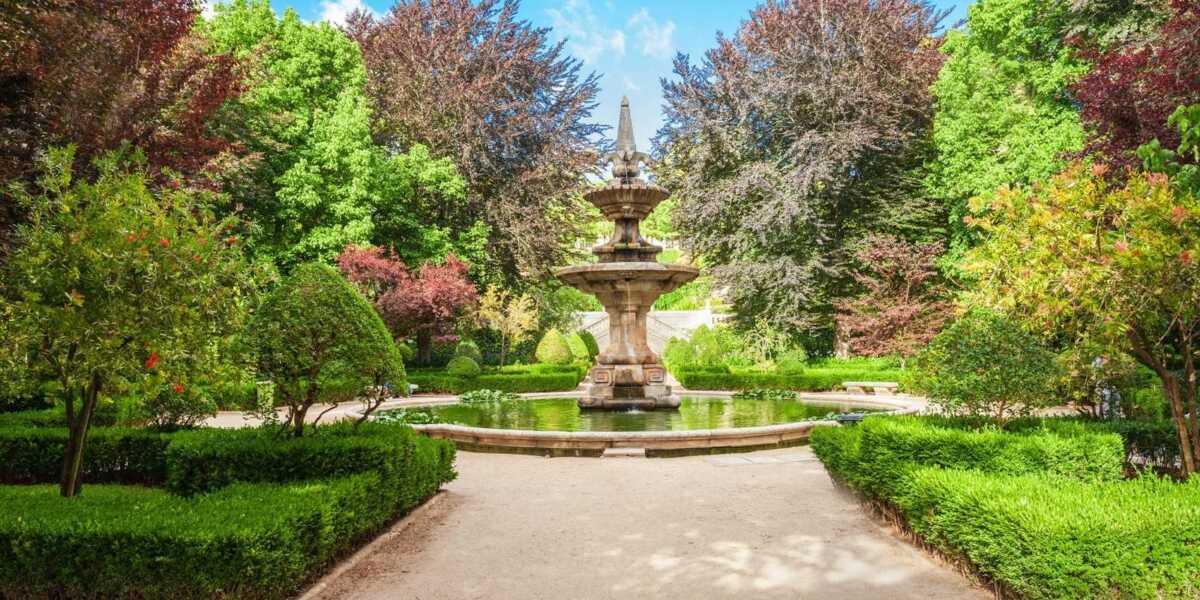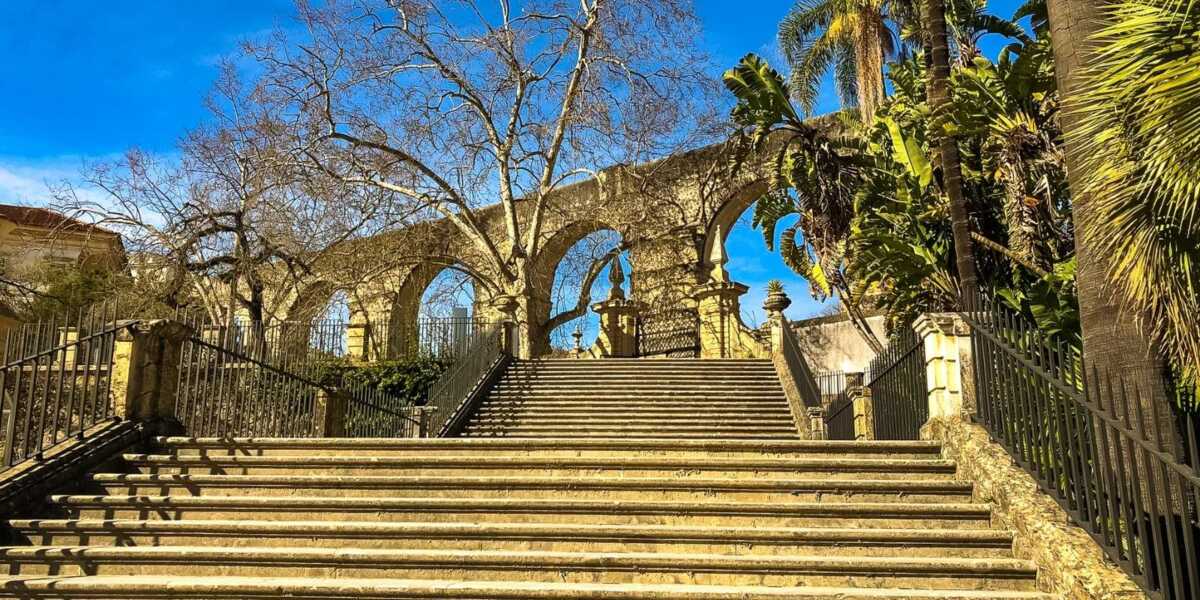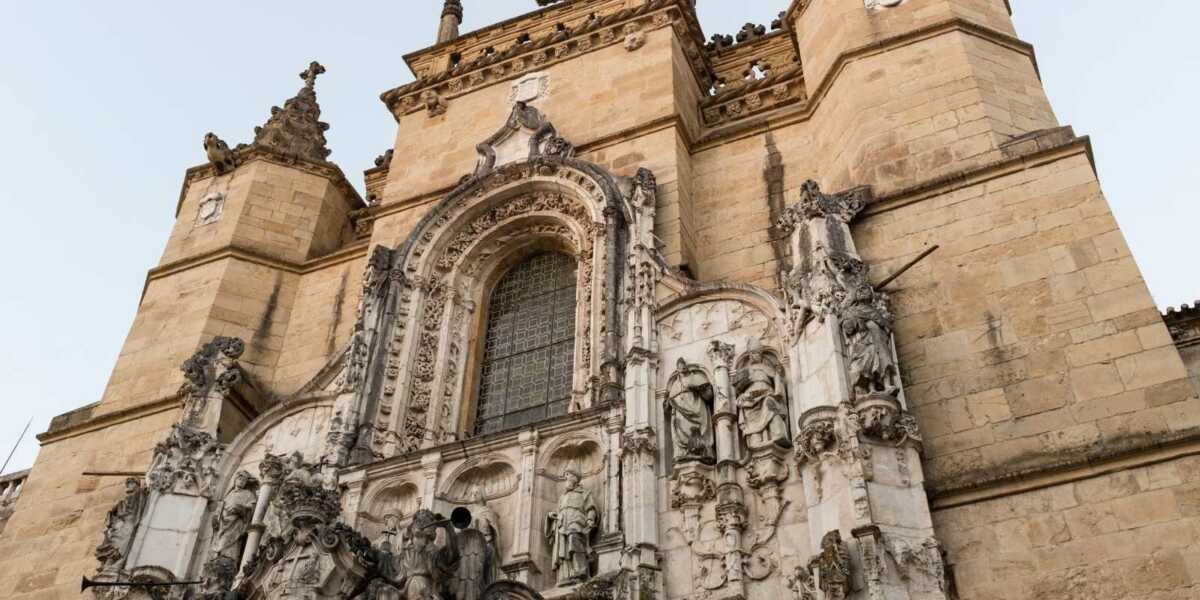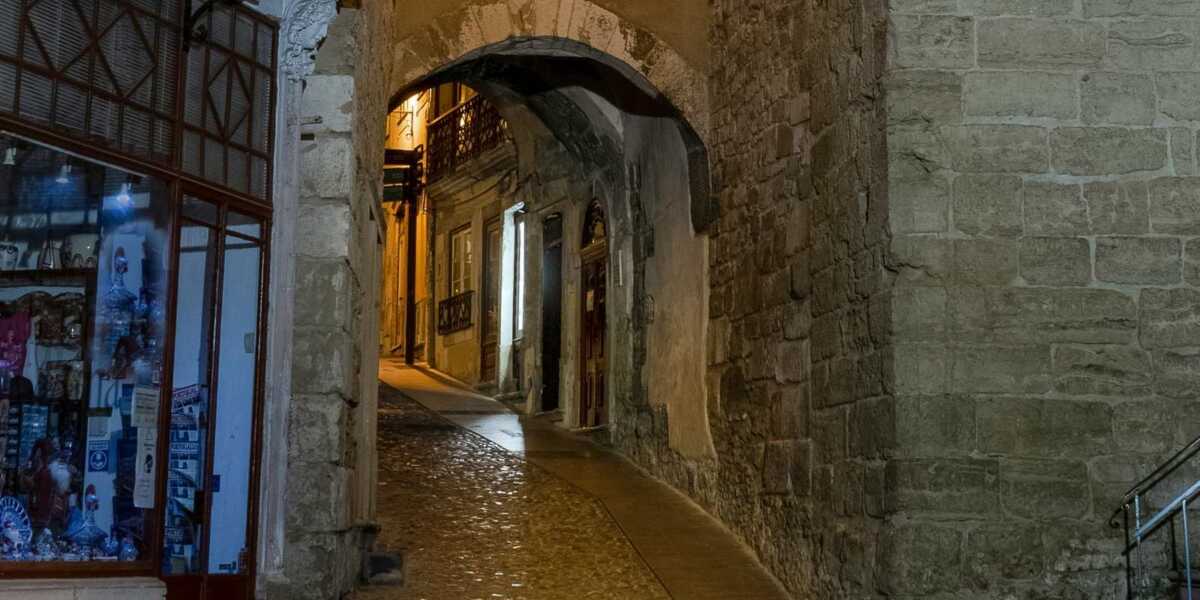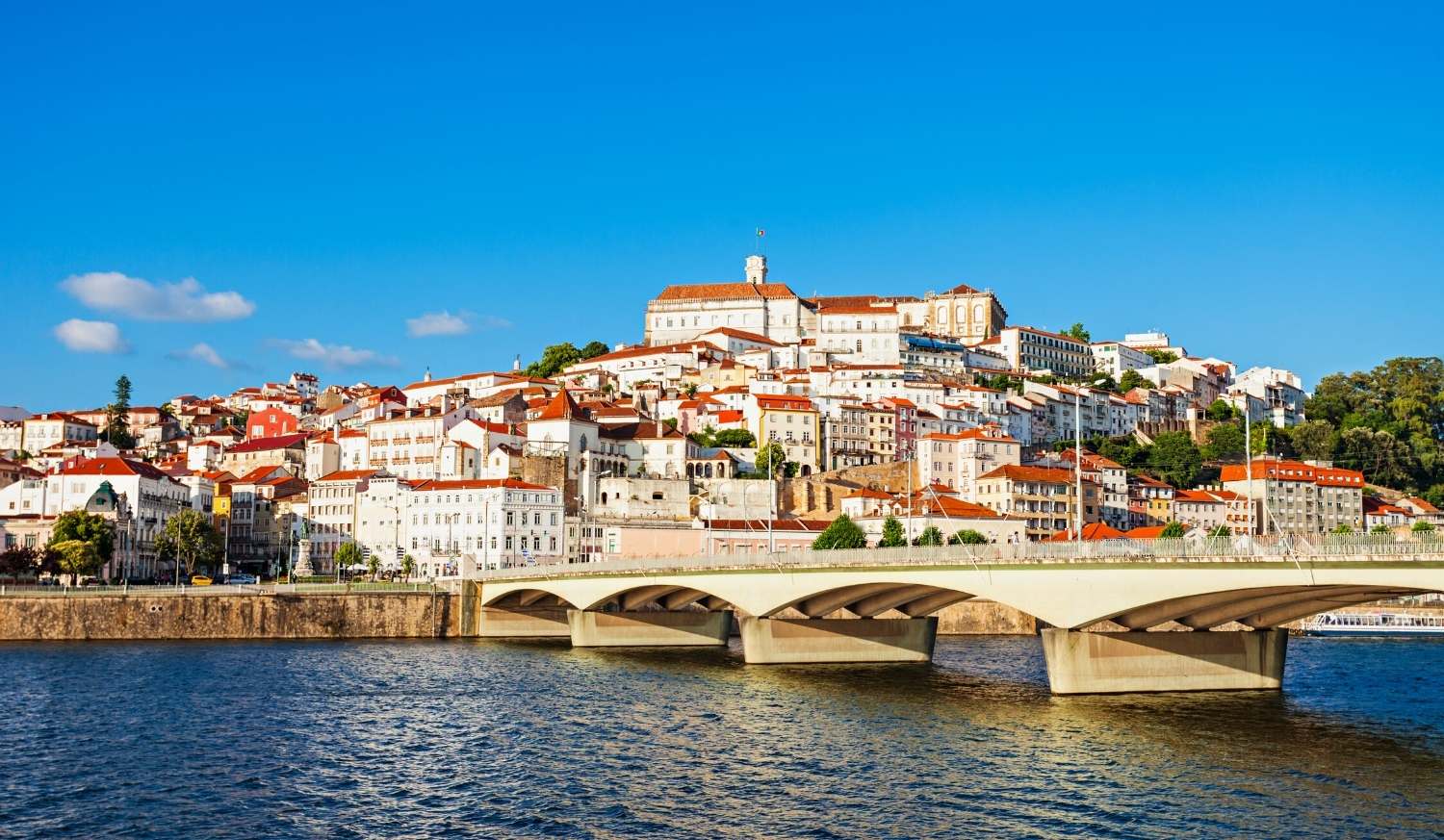
Information about Coimbra
Coimbra is a historical municipality of the Portuguese territory that is located in the historical region of Beira Litoral (central region). This city, crossed by the Mondego River, was home to the first dynasty of the kingdom of Portugal and houses the first university of the country, one of the oldest in Europe. Coimbra was national capital of culture in 2003.
This territory has been populated since Antiquity, and vestiges of different cultures can still be found today. In Roman times the territory was called Aeminium. During the Visigothic rule in the Peninsula, Coimbra became a sub-county of the domains of the Gothic king Witiza. Subsequently, the territory will be the first bastion of the representative advance of the Portuguese Reconquest to the south.
What to see and do in Coimbra
University of Coimbra
It is the oldest university in Portugal and one of the oldest in Europe. In 2013 its main buildings were declared a World Heritage Site by UNESCO. In the set emphasizes its imposing patio presided over by the tower of the bells, from where we can see an excellent panoramic view of the river Mondeo. It is also interesting to visit the Joanina Library, with more than 60,000 books, where the paintings on the ceilings and the coffered ceilings of the shelves shine.
Monastery of Santa Clara-a-Nova
It is recommended to go by car as it is a bit far from the center, on top of a hill. It was built in the year 1649 and in its interior we can find numerous relics belonging to the medieval epoch. It emphasizes the altarpiece of his baroque church, where there is the sepulchre of the queen Saint Isabel of Portugal, who reigned the country during 43 years.
Sé velha Old Cathedral
It is one of the most outstanding religious architectures of Romanesque style of the country located in Coimbra. It was built after the battle of Ourique, in the early twelfth century under the reign of Alfonso I of Portugal. Romanesque with some slight modifications in Renaissance style. Its appearance resembles that of a castle, because of the battlements on the top of its walls. This is due to the time in which it was built, in the middle of the reconquest.
On its north façade stands out the so-called Porta Especiosa, a beautiful three-storey portico, created in the 16th century by Jean de Rouen. The sculptures of the capitals are also very striking, with geometric, plant and animal motifs, in which the absence of human figures is noticeable, possibly due to the fact that their authors were Mozarabic.
Inside you can also visit the altarpiece of the Main Chapel, the Chapel of the Sacrament and the Chapel of Saint Peter by Nicolau Chanterene.
New Cathedral or Sé nova
This construction has nothing to do with its predecessor. Declared a National Monument, it is a church built in a style of transition from Mannerism to Baroque. Initially it was the church of the Jesuit College, but after the Order was expelled from Portugal in the 18th century, it became the new Episcopal see. The façade is built in two architectural trends: The lower part, where four sculptures of Jesuit saints stand out, is clearly mannerist, while the upper part, which was finished in the 18th century, is baroque.
Inside are very interesting altarpieces of gilded carving from the late seventeenth century and early eighteenth century, as well as the choir stalls, from the Old Cathedral, and the baptismal font, from the sixteenth century and was sculpted in Gothic Manueline style.
Botanical garden
It is an extensive green space of just over 13 hectares located near the University of Coimbra. In it we can find a great variety of tropical species, daffodils, conifers and ornamental plants, among many others. The main entrance to the site is located next to the Aqueduct of San Sebastian and is the perfect place to relax after a busy day of sightseeing. Admission is free.
San Sebastian Aqueduct
Built in the 16th century, it follows the route of an ancient Roman aqueduct and was probably built on top of it. It was used to transport water from the hill of the Convent of Santa Teresa to the upper part of the city. In the central arch we can see two sculptures, the martyr San Sebastian and San Roque.
Monastery of Santa Cruz
This monastery is one of the reference monuments of the Portuguese Manueline style, due to the interventions carried out in this style on the façade.
Arch and Tower of Almedina
These two buildings were part of the old medieval wall that surrounded the city in the 11th century. The tower is of defensive character and over the centuries had different uses, today houses the Interpretive Center of the Walled City.
Portugal dos Pequenitos
It is a garden located in the Portuguese city of Coimbra, which presents miniature reproductions of different monuments of the country.

